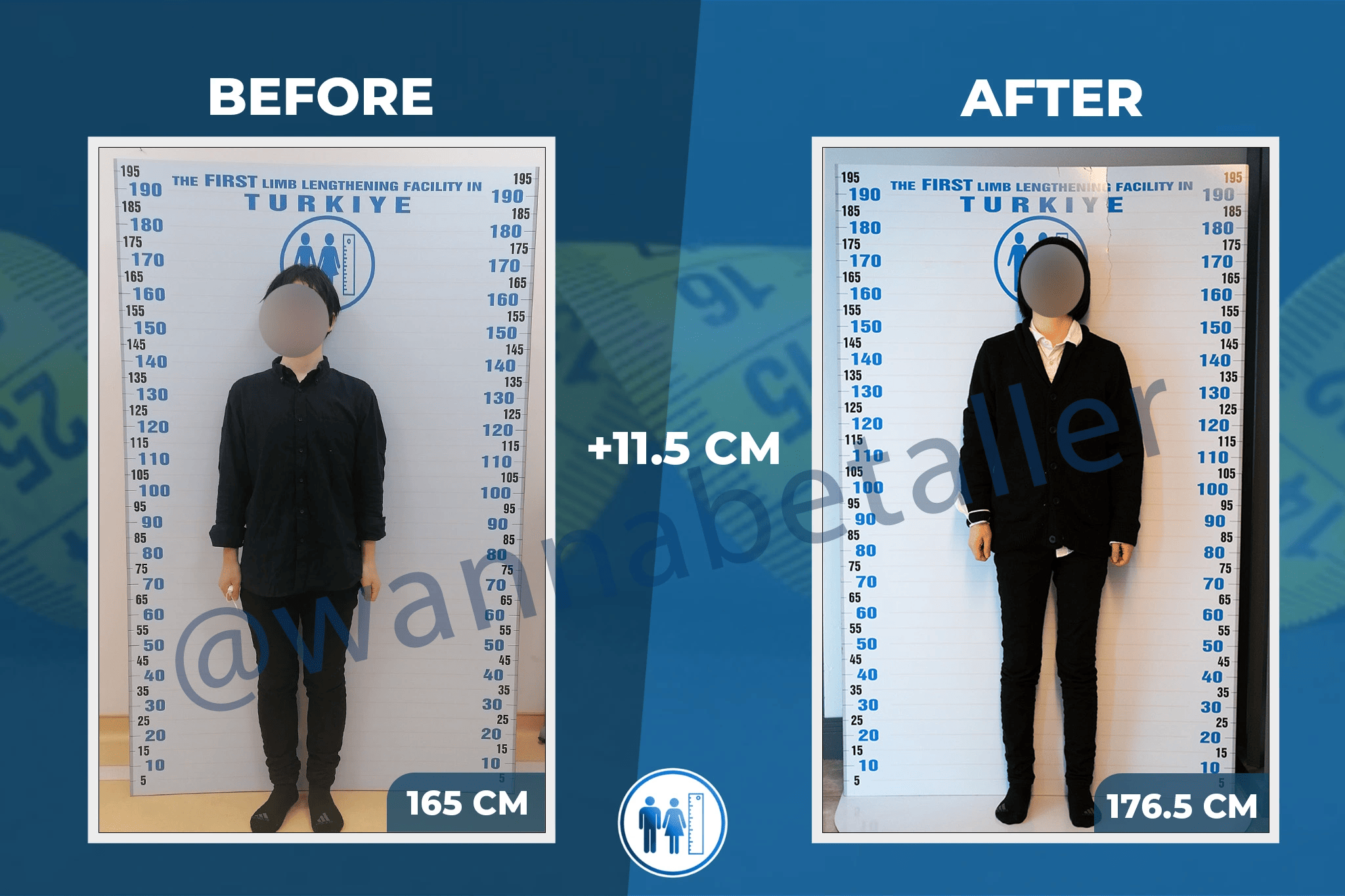 Limb lengthening surgery has become an increasingly popular procedure worldwide in recent years. The fundamental principle of this surgery involves breaking the bone in the upper or lower leg and then stimulating new bone growth in the resulting gap using various methods. Given this procedure, the recovery process is both more challenging and longer compared to other types of surgeries. The most critical phase of this process is the regular physical therapy that must be undertaken.
Limb lengthening surgery has become an increasingly popular procedure worldwide in recent years. The fundamental principle of this surgery involves breaking the bone in the upper or lower leg and then stimulating new bone growth in the resulting gap using various methods. Given this procedure, the recovery process is both more challenging and longer compared to other types of surgeries. The most critical phase of this process is the regular physical therapy that must be undertaken.
Patients considering limb lengthening surgery are already thoroughly researching this process and typically have a lot of information about it. However, despite being well-informed, one question that particularly intrigues many is: “Is limb lengthening surgery painful?” This question is also very understandable for those who want this kind of surgery. In this article, we will provide some information about the surgery and discuss the pain associated with it.
Pain After Limb Lengthening Surgery
 As mentioned above, limb lengthening surgery is a surgical operation that is considerably longer and more challenging compared to other types of surgeries. In this procedure, a gap is left in the leg area after the bones are broken, and it takes a significant amount of time for this gap to be filled. Additionally, physical therapies must be conducted regularly throughout this period. This recovery phase is when the patient experiences the most intense pain and discomfort. However, it’s important to note that each individual’s pain threshold varies, and during the treatment process, nurses use appropriate painkillers to minimize the pain.
As mentioned above, limb lengthening surgery is a surgical operation that is considerably longer and more challenging compared to other types of surgeries. In this procedure, a gap is left in the leg area after the bones are broken, and it takes a significant amount of time for this gap to be filled. Additionally, physical therapies must be conducted regularly throughout this period. This recovery phase is when the patient experiences the most intense pain and discomfort. However, it’s important to note that each individual’s pain threshold varies, and during the treatment process, nurses use appropriate painkillers to minimize the pain.
The first thing to mention regarding pain is that it can vary from person to person, as already discussed. However, the painkillers used can help ensure a comfortable and manageable recovery process. Another important aspect to consider is that individuals who regularly engage in stretching-focused sports before surgery tend to experience less pain. Such individuals are already accustomed to stretching, and their muscle structure is adapted accordingly, making the post-surgery physical therapy process much easier for them. Therefore, we can say that more flexible individuals have an advantage in terms of experiencing less pain and discomfort.
Do People Who Do Sports Feel Less Pain?
Certainly, regular exercise improves joint and muscle health, thereby enhancing a patient’s overall endurance. This generally positively affects the physical therapy and recovery process. However, there is no definitive answer that individuals who regularly exercise do not experience pain or discomfort during physical therapy and the recovery phase. Physical therapy is crucial for supporting patients’ post-surgery adaptation process and for maintaining the flexibility of newly lengthened muscles and tendons. Individuals who are in good physical condition before the surgery typically adapt better to the rehabilitation process than others. However, the possibility of experiencing strain and pain during physical therapy exists for everyone, especially during the period when bones are lengthening and new tissue is forming. During this process, it is important for patients to closely follow the instructions of their doctors and physiotherapists. Your doctor may prescribe necessary painkillers and suggest other management strategies for pain control.
Our Medzonia Team
As Medzonia, we meticulously manage all aspects of our patients’ limb lengthening surgery process, both before and after the operation. We strive to ensure that this period is completed in the most comfortable and painless way possible for them. Accompanied by our expert health teams, we closely follow our patients’ physical therapy processes as well as their dressing changes and other treatment procedures.
If you also want to get detailed information about limb lengthening surgery, you can check out our article titled “Discovering Limb Lengthening Surgery: What’s It All About?” or take a look at our patient interview video shared below. For any other questions you may have, feel free to directly contact our patient representatives.
